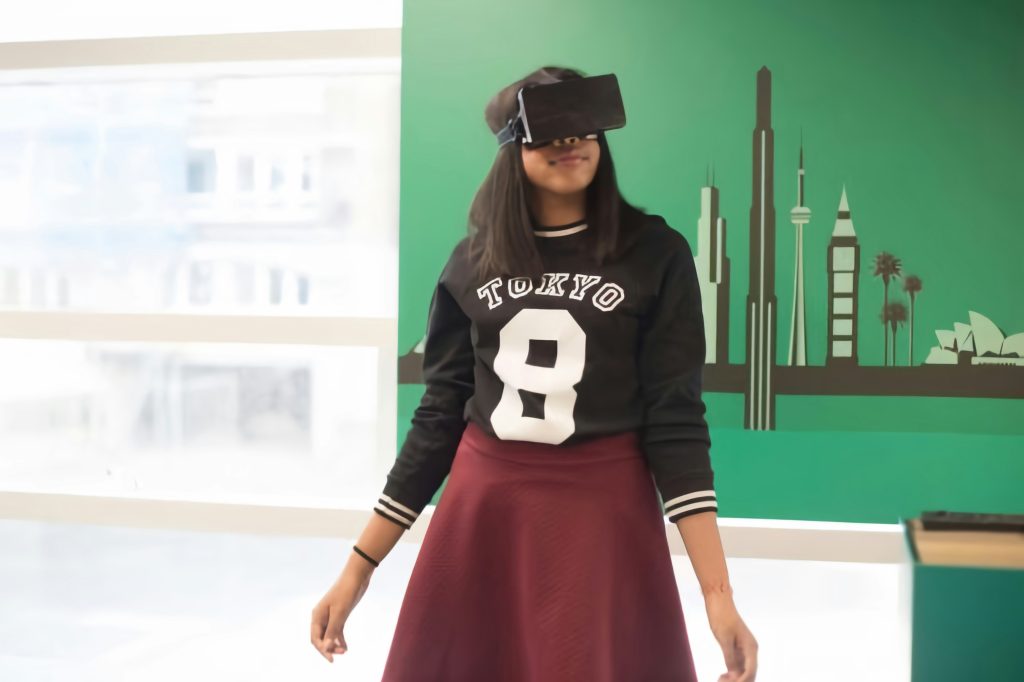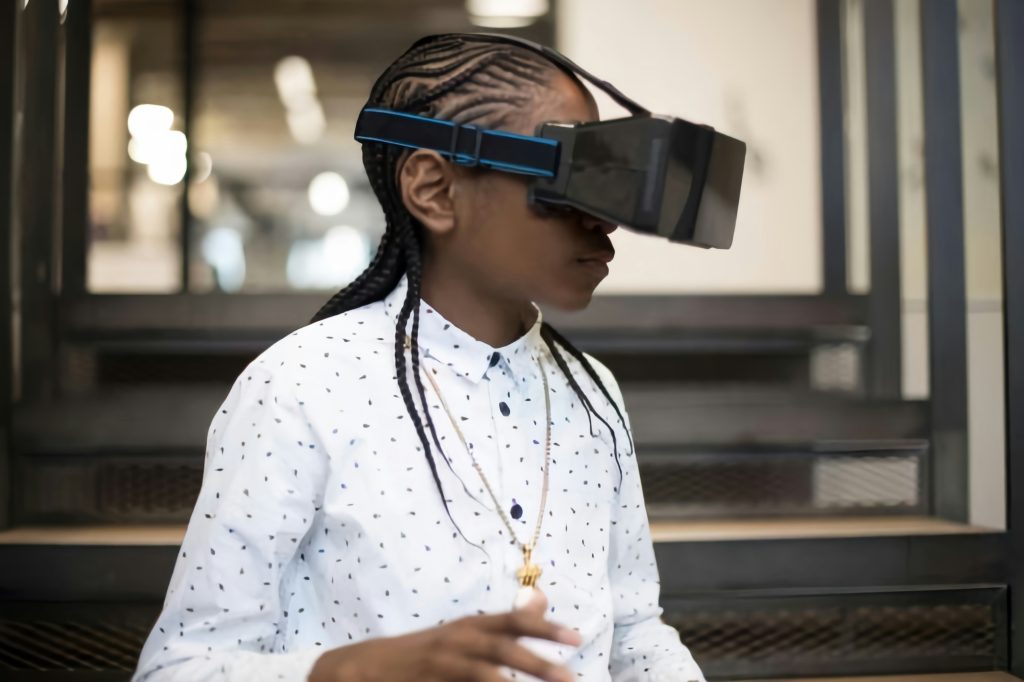Is the Metaverse Dead
I still remember the first time I tried a VR headset back in 2022. At that moment, it felt like stepping into the future. Everything was new, exciting, and full of possibilities. People talked about the Metaverse like it was going to change life forever. Fast forward to 2025, and the conversation has shifted. Some say the Metaverse is dead. Others believe it has only evolved.
After following its journey closely, reading endless reports, and even experiencing a few platforms myself, I have realized one thing. The Metaverse isn’t dead. It is simply changing its shape, moving away from unrealistic hype, and stepping into a more practical, grounded phase.
The Rise and Fall of Metaverse Hype
Back in 2021 and 2022, the Metaverse was everywhere. Meta, formerly Facebook, invested billions. Tech conferences promised an entirely virtual future where we’d work, socialize, and even shop inside 3D worlds. Companies raced to launch platforms, NFTs exploded, and everyone thought physical reality was becoming outdated.
But the hype faded quickly. Headsets were expensive, platforms lacked engagement, and people struggled to connect with a vision that felt too far from daily life. Meta’s Reality Labs alone burned over $60 billion since 2020 without meaningful adoption. I remember scrolling through updates and seeing how many users left platforms like Horizon Worlds because they felt “empty.”
It wasn’t that the idea was bad. It was that expectations raced ahead of technology.

The Metaverse Never Died It Evolved
People often think the Metaverse failed. But the truth is more complex. Instead of disappearing, it quietly shifted into places we rarely see in the news.
Today, the Metaverse thrives in industries where immersive technology solves real problems. For example:
Healthcare: Surgeons now use 3D simulations for practice before performing real operations.
Education: Students explore history, biology, and astronomy in fully interactive virtual classrooms.
Manufacturing: Engineers use “digital twins” to test equipment in virtual environments before building them.
Retail: Brands are launching VR showrooms where customers can walk through products without leaving home.
I’ve personally explored a couple of these enterprise-level platforms. It feels less like gaming and more like solving real problems. That’s when I realized the Metaverse isn’t dying it’s just finding a smarter, more meaningful place in our world.
Also Read:Smart Glasses vs Smartwatches 2025 | Ultimate Wearable Tech Guide

Why Consumer Metaverse Failed
One of the biggest reasons the consumer-focused Metaverse struggled was accessibility. When I first tried a high-end VR headset, it felt amazing. But then reality hit me the cost was over $600, the setup was complicated, and the experience required a powerful computer.
Beyond the hardware, most platforms felt empty. You’d log in, walk around a virtual plaza, and barely find anyone active. The social connections, which were supposed to be the Metaverse’s heart, just didn’t happen. It’s hard to feel immersed when you’re wandering in an empty world.
This disconnect made users lose interest fast, and companies began shifting focus.
The Industrial Metaverse is Booming
Unlike the consumer space, the industrial Metaverse is quietly thriving. I had a chance to visit a demo at BMW’s research center, where they used VR to design new assembly lines. Watching engineers manipulate 3D models in real-time was fascinating. It saves them time, money, and countless physical prototypes.
Similarly, aerospace companies like Boeing are using immersive simulations to design complex aircraft components, while medical universities run full-scale anatomy lessons in virtual environments.
This is the side of the Metaverse that doesn’t make flashy headlines but it’s where its real future lies.
Also Read:Tech in Pakistan – Unlocking Future Through Innovation

The Role of AI in Reviving the Metaverse
In the last two years, AI has become a key driver for the Metaverse’s transformation. Previously, building 3D worlds required huge budgets and hundreds of designers. Now, AI tools can generate realistic environments, avatars, and interactive objects within minutes.
I recently tested a platform where AI-generated avatars could talk naturally, adapt responses, and even express emotions. It made the experience feel alive. Unlike earlier static spaces, these AI-powered interactions make virtual worlds more dynamic and human-like.
This shift shows that the Metaverse isn’t dead it’s preparing for its next chapter, where AI and AR work hand-in-hand to make immersion seamless.
Mixed Reality Will Change Everything
Pure VR was always hard to adopt because it required people to leave their reality completely. But now, Mixed Reality (MR) is bridging that gap. Instead of replacing our environment, MR overlays digital elements on the real world.
For example, imagine wearing lightweight glasses that let you see meeting notes floating above your desk, a virtual shopping assistant in your living room, or a doctor guiding you remotely during a health check. This isn’t science fiction anymore it’s happening. Companies like Apple, Meta, and Microsoft are already competing to bring MR devices into our daily lives.
This subtle integration feels much more practical than earlier visions of the Metaverse. It’s not about escaping reality anymore it’s about enhancing it.
Meta’s Pivot Toward AI
Meta, once the biggest believer in the Metaverse dream, has shifted focus. With billions lost and slowing adoption, Mark Zuckerberg’s company is now investing heavily in AI-powered tools and smart devices. Products like Meta Ray-Ban smart glasses show this transition clearly.
Instead of forcing users into virtual worlds, Meta is bringing digital experiences into real life. This strategic shift signals that the Metaverse vision is far from gone it’s just evolving into a more blended, AI-driven future.
Why the Metaverse Isn’t Dead
After following these developments closely, I’ve come to a simple conclusion. The Metaverse isn’t dead it’s growing up.
Consumer VR failed, but enterprise VR thrives.
AI and AR are reshaping immersive technology.
Mixed Reality offers smoother, natural integration into our routines.
Industrial applications are delivering real results quietly and steadily.
When we stop expecting a full sci-fi fantasy, the Metaverse starts making sense.
What the Future Holds
Looking ahead, the Metaverse’s future feels more grounded than ever. I see three big shifts coming:
Everyday AR: Glasses will replace smartphones for many tasks.
AI-Powered Experiences: Virtual worlds will become dynamic and personalized.
Enterprise Growth: Industries like medicine, architecture, and engineering will continue driving innovation.
Instead of being a single platform, the Metaverse will be an ecosystem of connected experiences. It won’t dominate our lives it’ll blend into them.
Conclusion
So, is the Metaverse dead No. It’s simply moving out of the spotlight and becoming something more practical, personal, and powerful. The early hype may have faded, but the innovation hasn’t stopped.
I’ve seen enough to believe that while we may not live entirely inside virtual worlds, we’ll soon live alongside them, seamlessly and naturally. The Metaverse isn’t over it’s just beginning to make sense.
FAQs
Q1. Is the Metaverse a failure?
A: No, the Metaverse is not a complete failure. While consumer-focused platforms struggled due to high costs and low engagement, the technology is thriving in industries like healthcare, education, and manufacturing.
Q2. Is the Metaverse dead in 2025?
A: No, the Metaverse is not dead in 2025. It has evolved into a more practical form, focusing on AI, AR, and enterprise solutions rather than just social gaming.
Q3. Does the Metaverse exist now?
A: Yes, the Metaverse exists today, but it looks different from its original vision. Instead of one single virtual world, it now consists of multiple platforms and technologies like VR, AR, and mixed reality.
Q4. Is there a future for the Metaverse?
A: Yes, the Metaverse has a strong future. With advancements in AI, AR, and mixed reality, it is expected to become more integrated into daily life, especially in education, healthcare, and business sectors.




